Introduction
In 1973, Peshawar University published a study that confirmed the presence of "Rare Earths" in Haripur, Hazara (Khyber Pakhtunkhwa Province). However, the public record doesn't specify which rare earth exactly is there & in what quantity. Not that mining the resource is necessarily a good idea; Haripur is a very fertile zone in Pakistan & mining rare earths is generally very detrimental to the local environment. But even if legitimate residents & landowners are not thrilled to ruin the agricultural economy, the information as to the presence & quantity of this resource would still be very useful to guard against outside parties who have adopted a "highway robber business model" & don't mind what (or who) they destroy as long as they are getting rich.
Rare earths are actually a very important group of 17 elements that play an extremely significant role in today's world because they are the main raw material in the most important cutting edge technologies. Their names & symbols are:
01. Cerium (Ce)
02. Dysprosium (Dy)
03. Erbium (Er)
04. Europium (Eu)
05. Gadolinium (Gd)
06. Holmium (Ho)
07. Lanthanum (La)
08. Lutetium (Lu)
09. Neodymium (Nd)
10. Praseodymium (Pr)
11. Promethium (Pm)
12. Samarium (Sm)
13. Scandium (Sc)
14. Terbium (Tb)
15. Thulium (Tm)
16. Ytterbium (Yb)
17. Yttrium (Y)
Given below is a short summary to acquaint you with the background & commercial value of each of these 17 elements.
The Rare Earths

CERIUM is named after the dwarf planet Ceres, which itself is named after Ceres the Roman Goddess of Agriculture. It is a soft, silvery, ductile metal that oxidizes easily in air; it is the most abundant of the rare earth elements, making up about 0.0046% by weight of the Earth's crust. It is a raw material in ceramics, chemical oxidizing agents, glass, lighter flints, oil refinery catalysts, polishing powders & self-cleaning ovens.

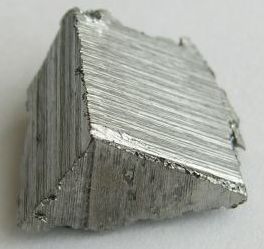


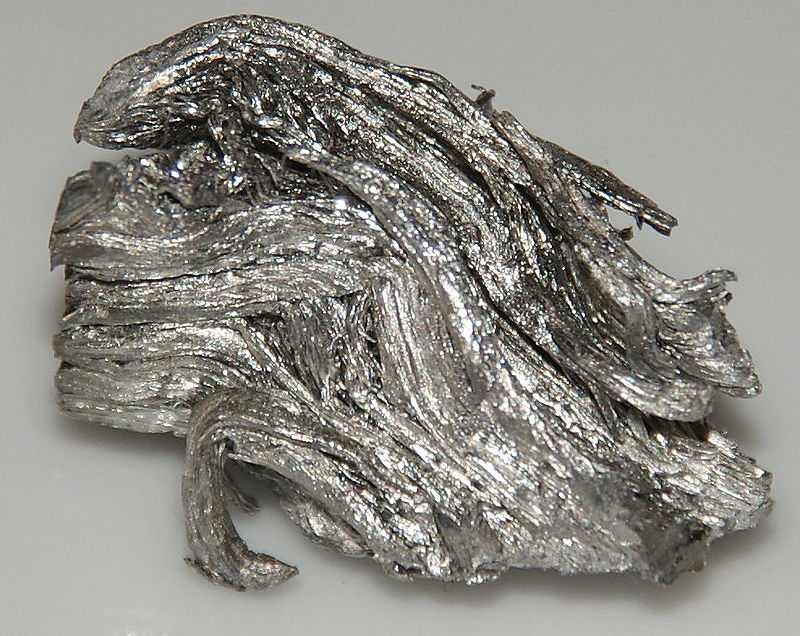
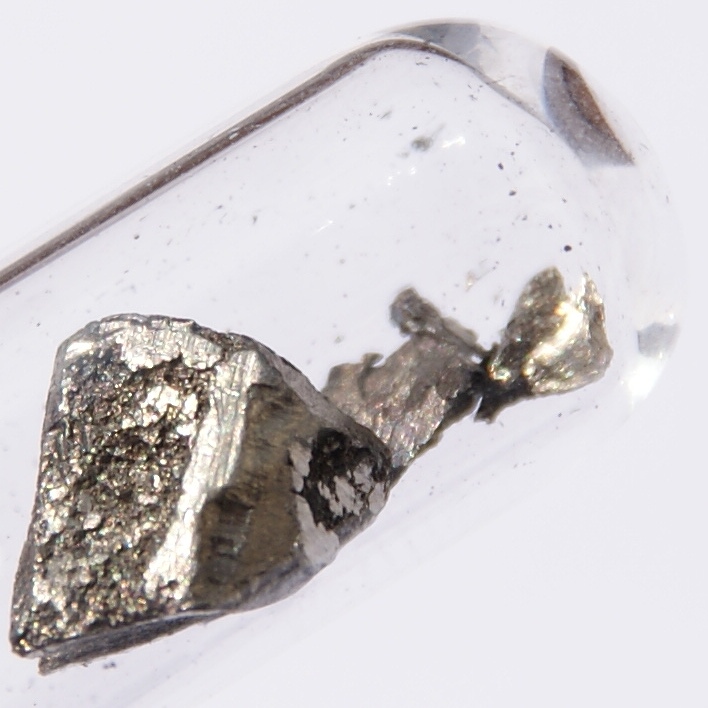



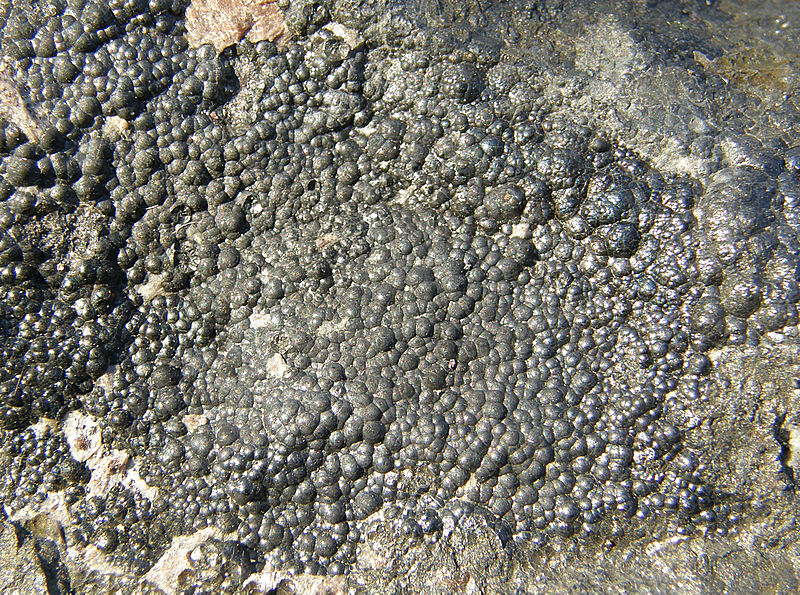




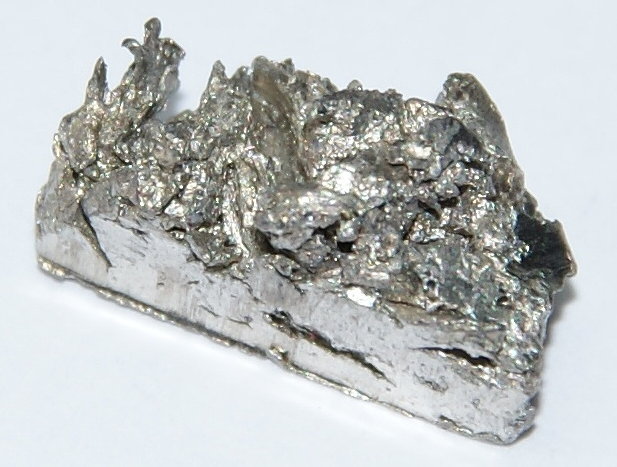

In 1973, Peshawar University published a study that confirmed the presence of "Rare Earths" in Haripur, Hazara (Khyber Pakhtunkhwa Province). However, the public record doesn't specify which rare earth exactly is there & in what quantity. Not that mining the resource is necessarily a good idea; Haripur is a very fertile zone in Pakistan & mining rare earths is generally very detrimental to the local environment. But even if legitimate residents & landowners are not thrilled to ruin the agricultural economy, the information as to the presence & quantity of this resource would still be very useful to guard against outside parties who have adopted a "highway robber business model" & don't mind what (or who) they destroy as long as they are getting rich.
Rare earths are actually a very important group of 17 elements that play an extremely significant role in today's world because they are the main raw material in the most important cutting edge technologies. Their names & symbols are:
01. Cerium (Ce)
02. Dysprosium (Dy)
03. Erbium (Er)
04. Europium (Eu)
05. Gadolinium (Gd)
06. Holmium (Ho)
07. Lanthanum (La)
08. Lutetium (Lu)
09. Neodymium (Nd)
10. Praseodymium (Pr)
11. Promethium (Pm)
12. Samarium (Sm)
13. Scandium (Sc)
14. Terbium (Tb)
15. Thulium (Tm)
16. Ytterbium (Yb)
17. Yttrium (Y)
Given below is a short summary to acquaint you with the background & commercial value of each of these 17 elements.
The Rare Earths

CERIUM is named after the dwarf planet Ceres, which itself is named after Ceres the Roman Goddess of Agriculture. It is a soft, silvery, ductile metal that oxidizes easily in air; it is the most abundant of the rare earth elements, making up about 0.0046% by weight of the Earth's crust. It is a raw material in ceramics, chemical oxidizing agents, glass, lighter flints, oil refinery catalysts, polishing powders & self-cleaning ovens.

DYSPROSIUM derives its name from the Greek "dysprositos" meaning "hard to get" because it is never found in nature as a free element. It has a metallic, silver lustre & is used in lasers, magnetostrictive alloys & neodymium-based magnets.

ERBIUM is named after the village of Ytterby, Sweden, where it is mined. When artificially isolated, it is a silvery-white solid metal, but is never found as a free element in nature. It is an important raw material in fiber optic technology, infra-red lasers & vanadium steel.

EUROPIUM, obviously named after the continent of Europe, is a moderately hard, silvery metal that rapidly oxidizes in air & water. It is used to make fluorescent lamps, lasers, mercury-vapor lamps, Nuclear Magnetic Resonance (NMR) relaxing agents & red & blue phosphors.

GADOLINIUM, a silvery-white, malleable & ductile metal, was named in honor of Johan Gadolin, a scientist who specialized in rare earth research. It is useful in computer memories, highly refractive glass or garnets, lasers, magnetostrictive alloys, MRI contrast agents, Nuclear Magnetic Resonance (NMR) relaxing agents, neutron capture, steel additives & X-ray tubes.

HOLMIUM is named after Stockholm, which is known as "Holmia" in Latin. It is a relatively soft, malleable, silvery-white, highly-reactive metal that rusts when exposed to moisture & burns when heated. It has applications in lasers, magnets & optical spectrometers.

LANTHANUM, which derives its name from the Greek "lanthanein" meaning "to be hidden", is a soft, ductile, silvery-white metal that oxidizes rapidly if left in the open. It is used to manufacture battery-electrodes, camera lenses, flints, highly-refractive & alkali-resistant glass, hydrogen storage containers & oil refinery catalysts.

LUTETIUM is named after Paris, which was formerly known as "Lutetia". It is a silvery-white metal that corrodes easily in a moist atmosphere. It is used in highly-refractive glass, lutetium tantalate hosts for phosphors & PET scan detectors.

NEODYMIUM is a combination of the Greek words "neo" meaning "new" & "didymos" meaning "twin". It is a soft, silvery metal, tarnishes easily in the open & is as abundant in the Earth's crust as cobalt, copper & nickel. It is used in ceramic capacitors, ceramics, didymium glass, regular glass, lasers & rare earth magnets.

PRASEODYMIUM is a combination of the Greek words "prasios" meaning "leak-green" & "didymos" meaning"twin". It is a soft, silvery, malleable, ductile metal that gradually gets covered with a green oxide coating when exposed to the atmosphere. It has applications in carbon arc-lighting, enamels, flints, glasses, lasers, rare earth magnets & welding goggles.

PROMETHIUM, named after the Titan Prometheus, is a radioactive chemical element. It is used to manufacture luminous paint & nuclear batteries.

SAMARIUM, a moderately hard, silvery metal that oxidizes rapidly when left in the open, is named after Vasili Samarsky-Bykhovets, a 19th Century Russian mining engineer. It is an important raw material in lasers, masers, neutron capture & rare earth magnets.

SCANDIUM is named after Scandinavia, which is known as "Scandia" in Latin. It is a silvery-white radioactive element. It is a raw material in aerospace components, metal-halide lamps, mercury-vapor lamps & oil refinery tracing agents.

TERBIUM is named after the village of Ytterby, Sweden, where it is mined. It is a silvery-white metal that, despite being extremely hard, is malleable & ductile. It is used to make fluorescent lamps, lasers, magnetostrictive alloys, neodymium-based magnets & phosphors.

THULIUM is named after the mythological European kingdom of Thule. It is a relatively soft, shiny, silvery-grey metal that gradually loses its shine when exposed to air for an extended period of time. On account of being an easily workable material, it is very useful as a raw material in lasers, metal-halide lamps & X-ray machines.

YTTERBIUM is named after the village of Ytterby, Sweden, where it is mined. It is a shiny, silvery-white element that is commonly used in chemical reducing agents, decoy flares, infra-red lasers, nuclear medicine, stainless steel & stress gauges.

YTTRIUM is named after the village of Ytterby, Sweden, where it is mined. It is a silvery transition metal that is used to make energy-efficient light bulbs, high temperature superconductors, microwave filters, spark plugs, television phosphors & yttrium aluminium garnet (YAG) lasers.
No comments:
Post a Comment